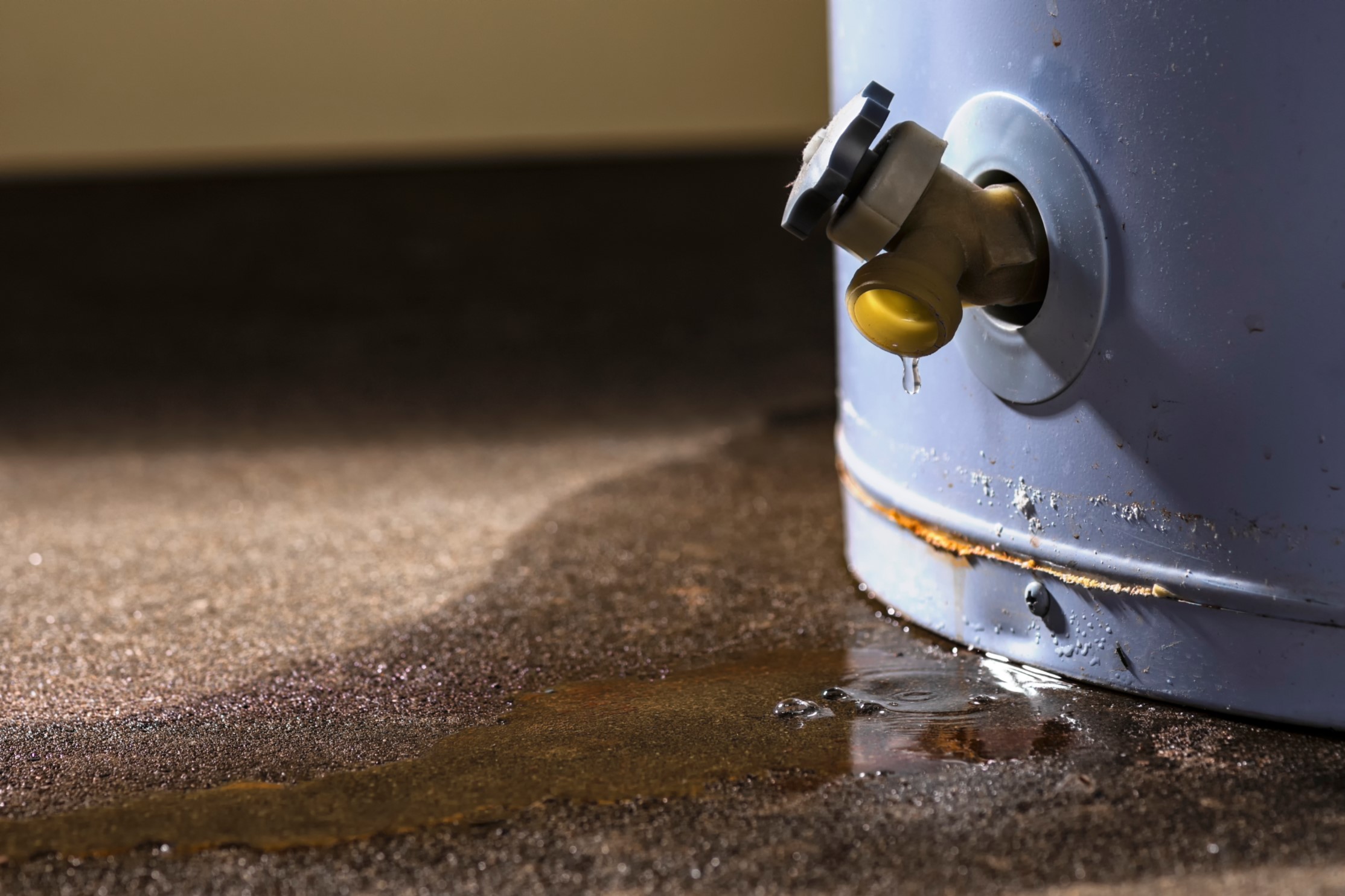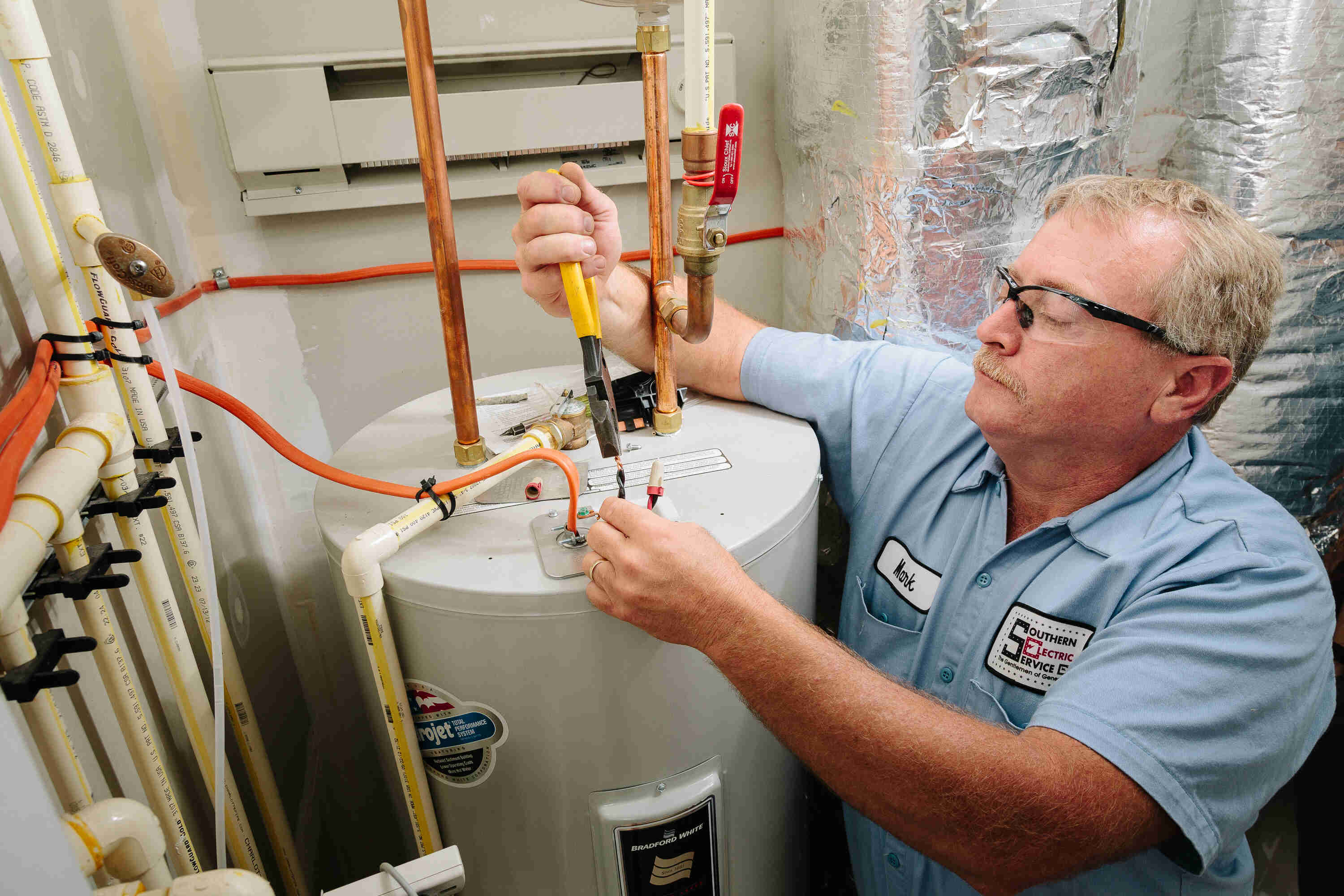Useful Techniques for Maintaining Your Home's Hot Water SystemUseful Strategies for Caring for Your Home's Hot Water SystemWays to Successfully Maintain Your Home's Hot Water System
Useful Techniques for Maintaining Your Home's Hot Water SystemUseful Strategies for Caring for Your Home's Hot Water SystemWays to Successfully Maintain Your Home's Hot Water System
Blog Article
Any individual maintains their own perception about How to Maintain a Hot Water Heater in a Few Simple Steps.

Warm water is important for day-to-day comfort, whether it's for a refreshing shower or cleaning meals. To ensure your warm water system runs efficiently and lasts much longer, normal maintenance is essential. This article gives useful pointers and insights on just how to maintain your home's warm water system to prevent disruptions and expensive fixings.
Introduction
Keeping your home's hot water system may appear challenging, but with a few straightforward steps, you can guarantee it operates smoothly for many years ahead. This guide covers whatever from recognizing your warm water system to DIY maintenance suggestions and understanding when to call in expert aid.
Importance of Maintaining Your Hot Water System
Normal maintenance not just expands the lifespan of your hot water system however additionally guarantees it operates successfully. Ignoring maintenance can bring about lowered efficiency, higher power expenses, and also early failing of the system.
Signs Your Hot Water System Needs Maintenance
Knowing when your warm water system needs attention can stop major issues. Watch out for signs such as irregular water temperature level, strange noises from the heater, or rusty water.
Comprehending Your Warm Water System
Before diving into upkeep jobs, it's handy to understand the fundamental parts of your warm water system. Commonly, this includes the hot water heater itself, pipelines, anode poles, and temperature level controls.
Regular Monthly Upkeep Tasks
Routine month-to-month checks can assist catch minor problems prior to they rise.
Flushing the Water Heater
Purging your water heater eliminates sediment accumulation, enhancing effectiveness and prolonging its life.
Checking and Replacing Anode Rods
Anode rods stop rust inside the storage tank. Examining and replacing them when worn out is crucial.
Inspecting and Changing Temperature Settings
Changing the temperature level settings makes certain ideal efficiency and safety.
DIY Tips for Upkeep
You can do a number of maintenance jobs yourself to keep your hot water system in leading problem.
Looking for Leaks
On a regular basis evaluate pipes and links for leaks, as these can bring about water damage and greater expenses.
Testing Stress Relief Valves
Testing the stress relief valve guarantees it operates properly and avoids too much pressure accumulation.
Insulating Pipelines
Insulating warm water pipelines lowers warmth loss and can save power.
When to Call a Professional
While do it yourself maintenance is advantageous, some issues need professional proficiency.
Facility Problems Calling For Expert Aid
Instances include major leaks, electric issues, or if your hot water heater is continually underperforming.
Regular Specialist Maintenance Benefits
Professional upkeep can include extensive assessments, tune-ups, and making sure compliance with safety criteria.
Final thought
Regular upkeep of your home's hot water system is essential for effectiveness, long life, and expense financial savings. By following these ideas and recognizing when to seek expert aid, you can guarantee a reliable supply of hot water without unanticipated disruptions.
Water Heater Maintenance: The Basics
Maintaining your water heater will ensure it operates efficiently and has a longer lifespan. Neglecting regular maintenance can lead to costly repairs and an even bigger chunk of your savings if you have to replace it sooner than necessary. But there’s good news: Most water heater maintenance tasks are relatively simple and easy for homeowners with basic DIY skills.
Flush the Water Heater
Over time, sediment and minerals can build up in the tank, reducing its efficiency and potentially causing damage. To flush the tank, turn off the power or gas supply, attach a hose to the drain valve near the bottom and open the valve to drain the water until it runs clear. Ideally, flush the tank annually.
Replace the Anode Rod
The anode rod is a sacrificial metal rod that helps prevent corrosion inside the tank. Inspect and replace it every three to five years or per the manufacturer's recommendation. To replace the anode rod, turn off the power or gas supply, drain a few gallons of water from the tank, unscrew the old rod and replace it with a new one. If the anode rod is significantly corroded or covered in calcium buildup, it's a sign the water heater may need to be replaced soon.
Tune-Up
A yearly tune-up can help identify potential issues and ensure your water heater operates at peak efficiency. This typically involves checking the thermostat, burner assembly (for gas heaters) and any other components specified by the manufacturer. During a tune-up, the technician may also clean the burner and adjust the pilot light (for gas heaters) or examine the heating elements (for electric heaters).
How to Maintain Your Water Heater
Insulate the tank. Insulating the tank can improve energy efficiency and reduce heat loss, saving you money on energy bills. You can purchase precut insulation blankets designed specifically for water heaters or use standard fiberglass insulation wrapped securely around the tank. Check the temperature. The recommended water temperature for most households is around 120 degrees Fahrenheit (49 degrees Celsius). Higher temperatures can increase energy costs and potentially cause scalding. Use a kitchen thermometer to check the temperature at the faucet nearest the water heater. Monitor water pressure. Excessive water pressure can strain the water heater and cause leaks or even tank failure. Install a pressure-reducing valve if necessary. The ideal water pressure range is between 60 and 70 PSI (pounds per square inch). Test the temperature and pressure (T&P) relief valve. The T&P relief valve is a safety feature that releases pressure if the tank gets too hot or the pressure builds up too high. Test it annually by lifting the lever and allowing a small amount of water to release. Replace the valve if it doesn't release water or reseal properly. Check for leaks. Regularly inspect the tank, pipes and fittings for leaks or corrosion. Deal with issues promptly to prevent further damage. Even a small leak can lead to significant water damage over time. Consider a tankless water heater. If your traditional tank-style water heater is nearing the end of its lifespan ( typically 10 years), consider replacing it with a tankless water heater. These units heat water on demand, reducing standby energy losses and potentially saving you money on your energy bills. Schedule professional maintenance. While homeowners can perform many water heater maintenance tasks, it's still a good idea to schedule professional maintenance every few years. A plumber or HVAC technician can thoroughly inspect the unit, identify potential issues and ensure it operates safely and efficiently. https://www.homeserve.com/en-us/blog/home-improvement/hot-water-heater-maintanence/

Do you really like more info about What Kind of Maintenance Do Water Heaters Need?? Create feedback down below. We would be pleased to know your ideas about this blog entry. In hopes that you visit us again soon. Sharing is nice. Helping others is fun. Thank-you for going through it.
Call Us Now Report this page